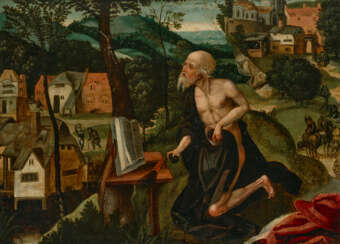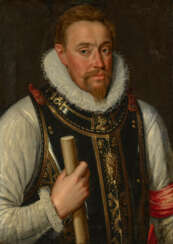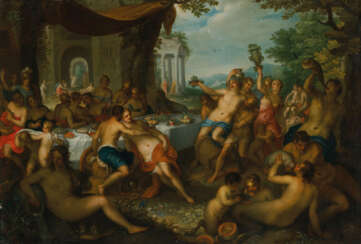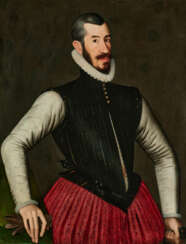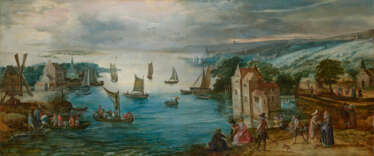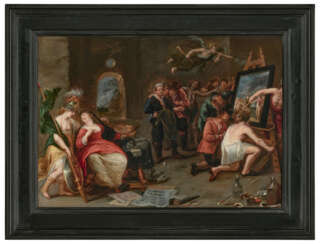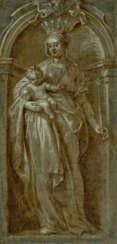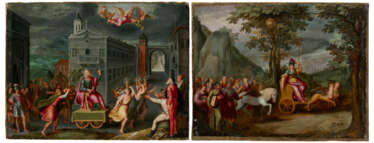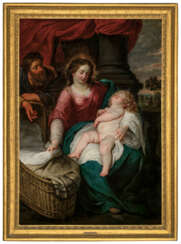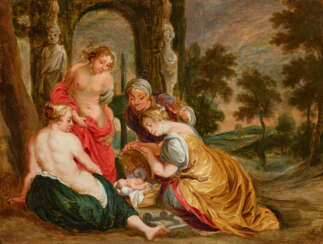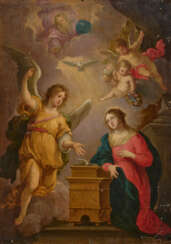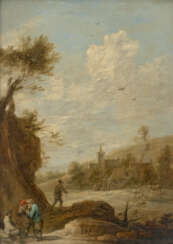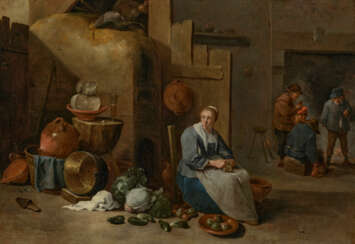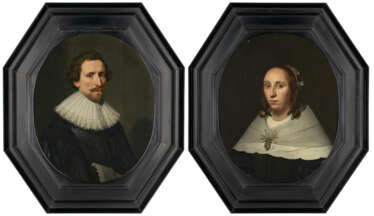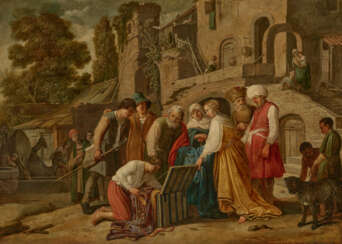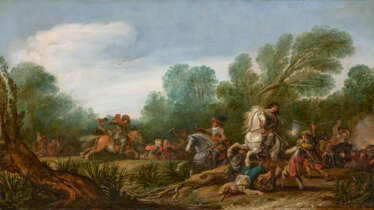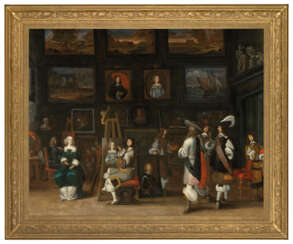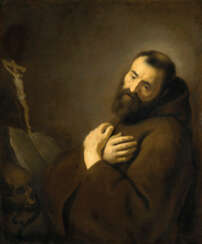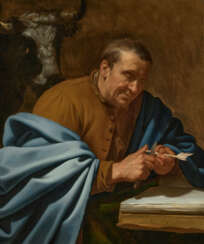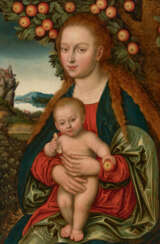
Old Masters Part II
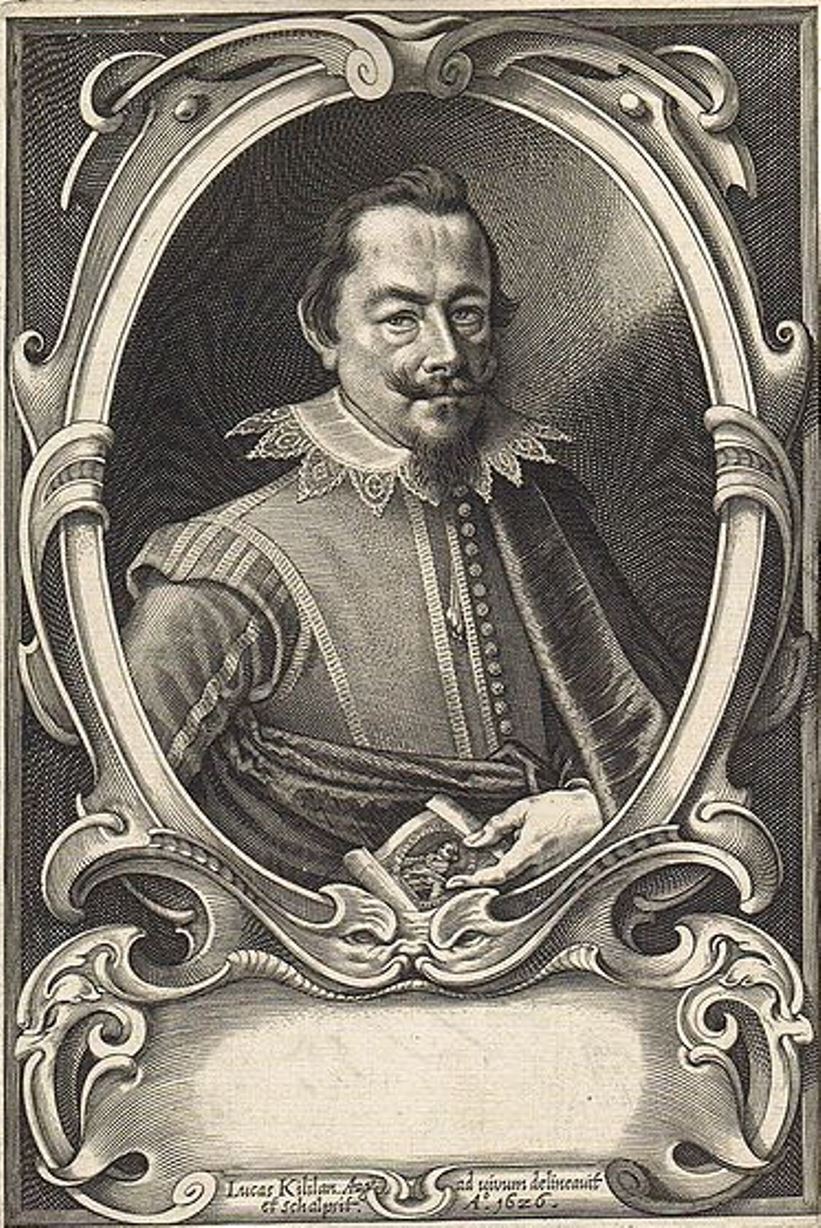
Hans Rottenhammer or Johannes Rottenhammer was a German painter and master of cabinet genre paintings.
After completing his studies as court painter to the Munich royal court, Rottenhammer spent nearly a decade in Venice, and his art bears the influence of Venetian masters such as Tintoretto and Veronese. Rottenhammer opened a studio in the city and attracted patrons and collectors as well as students and followers. In the early 1600s he joined the guild of Venetian artists. It was in Venice that Rottenhammer became famous for his cabinet paintings. These were small works, executed on copper and usually dealing with religious or mythological themes popular at the time.
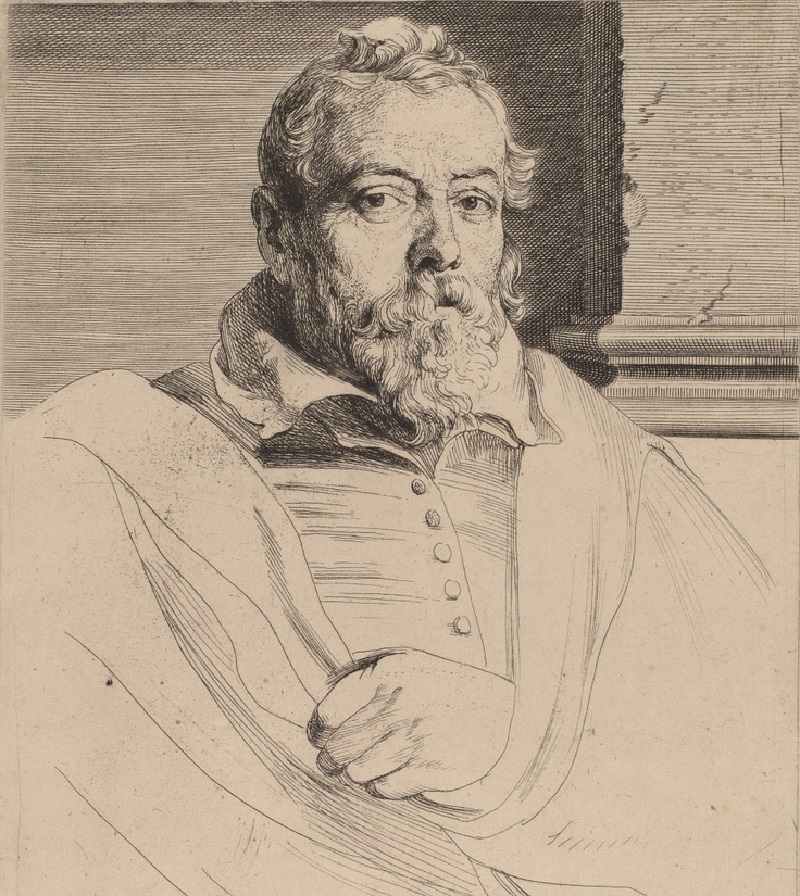
Frans Francken the Younger was a distinguished Flemish painter of the Baroque period, celebrated for his versatility and innovation in the art scene of the early 17th century. Born in 1581 in Antwerp, where he also died in 1642, Francken hailed from the prolific Francken family of artists, establishing himself as the most prominent among them. His contribution to Flemish art includes a wide array of subjects, spanning large altarpieces for churches to intricate cabinet pictures featuring historical, mythological, or allegorical themes.
Francken's work is particularly noted for his creation of collectors' cabinet paintings, a genre that depicted the interiors of collectors filled with art, curiosities, and natural specimens, embodying the era's intellectual pursuits and the burgeoning culture of connoisseurship. Moreover, Francken was instrumental in the development of singeries, humorous paintings featuring monkeys engaging in human activities, critiquing the follies of mankind through satire. His collaborative efforts with other artists enriched his work, allowing him to incorporate figures and narrative depth into various compositions, seamlessly blending his expertise with the landscapes, architectural settings, and still lifes created by his contemporaries.
Francken's artistic legacy is marked by his successful workshop, his role as a master in the Antwerp Saint Luke's Guild, and his significant influence on the development of new subject matter and genres within Flemish painting. His works, such as "Mankind's Eternal Dilemma: The Choice Between Virtue and Vice," remain celebrated for their detailed craftsmanship and symbolic richness, housed in prestigious museums including the Museum of Fine Arts, Boston.
For collectors and art history aficionados, Francken's oeuvre offers a rich tapestry of Baroque artistry, reflecting the dynamism of 17th-century Flemish culture and the depth of humanistic and religious themes explored during the period.
To delve deeper into the world of Frans Francken the Younger and to stay updated on new discoveries, sales, and auction events related to his works, consider signing up for specialized updates. This subscription is tailored for enthusiasts eager to explore the intersections of art, history, and culture, promising insightful content on one of Flemish art's most influential figures.
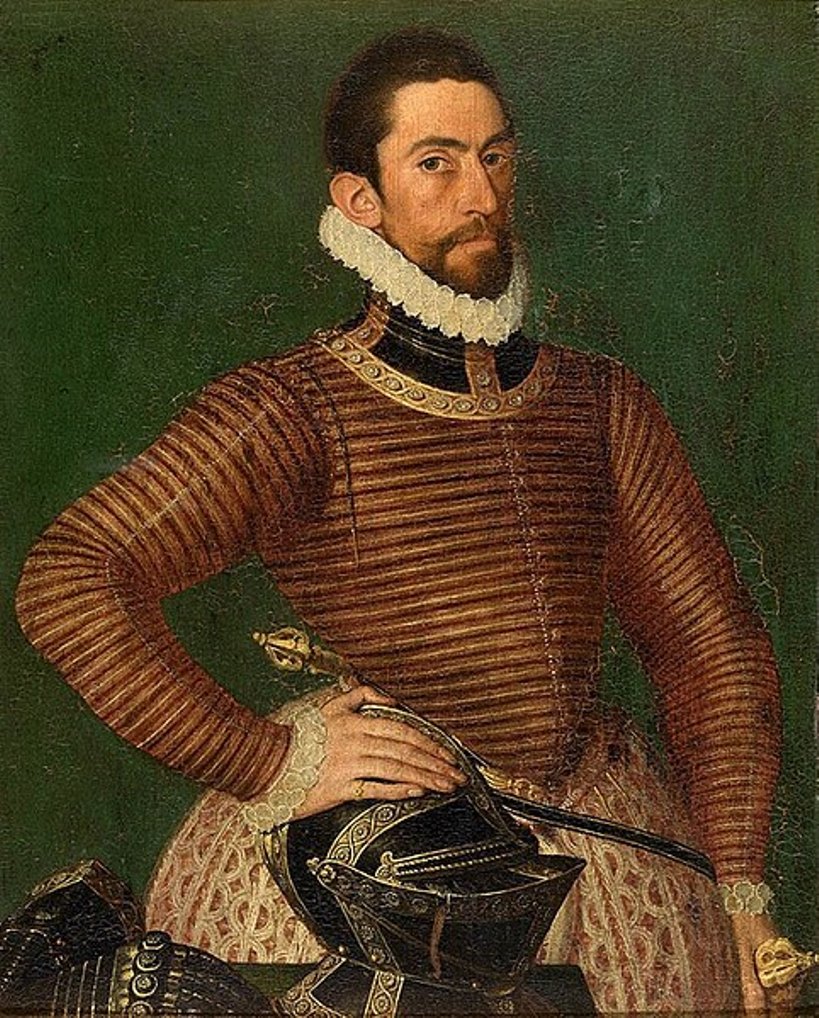
Gillis Claeissens or Egidius Claeissens was a Flemish painter from a dynasty of a famous family of artists from Bruges.
Gillis trained in the studio of his father, Pieter Claeissens, worked at the court of Alexander Farnese in Brussels, and later was court painter to Archdukes Albert and Isabella. He painted religious paintings for the Brussels court, as well as miniature portraits of the Archduchess.
Gillis was a master of portraits, as well as of prostrate images. His portrait paintings are distinguished by the careful painting of the clothes and jewelry of people whose poses are usually static and whose faces are inexpressive.
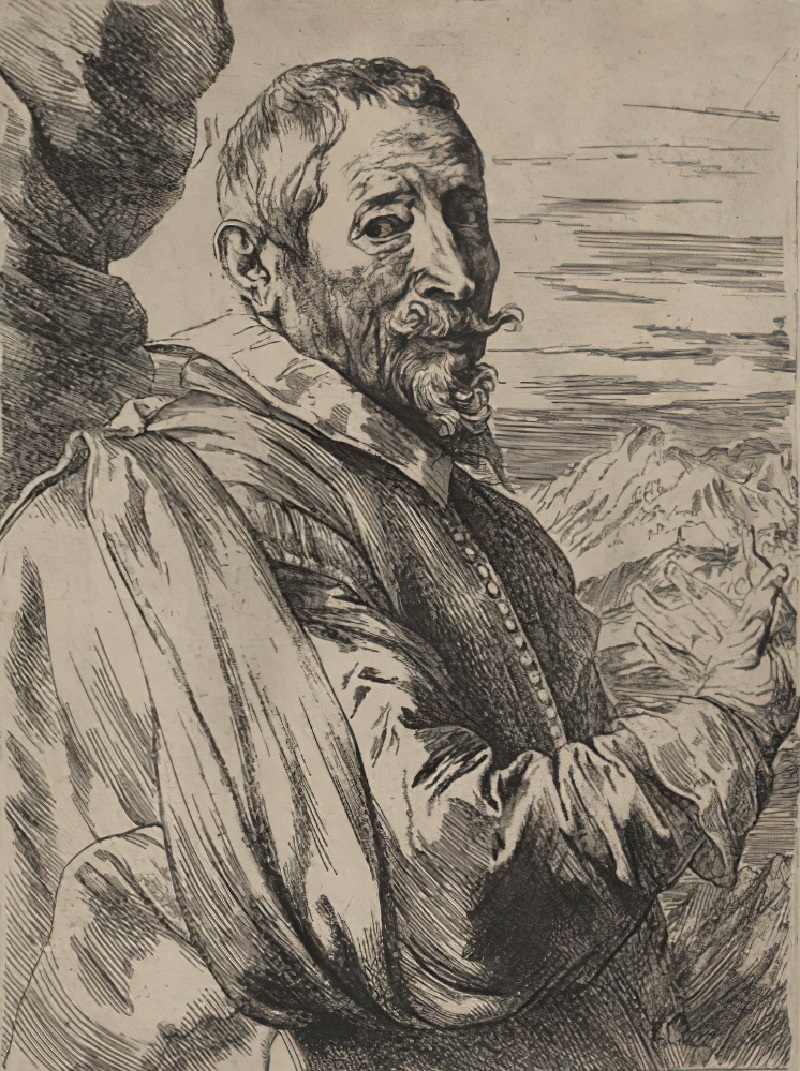
Joos de Momper the Younger was a Flemish landscape painter active in Antwerp between the late 16th century and the early 17th century. Brueghel's influence is clearly evident in many of de Momper's paintings. His work is situated at the transition from late 16th-century Mannerism to the greater realism in landscape painting that developed in the early 17th century. He achieved considerable success during his lifetime.

Frans Francken the Younger was a distinguished Flemish painter of the Baroque period, celebrated for his versatility and innovation in the art scene of the early 17th century. Born in 1581 in Antwerp, where he also died in 1642, Francken hailed from the prolific Francken family of artists, establishing himself as the most prominent among them. His contribution to Flemish art includes a wide array of subjects, spanning large altarpieces for churches to intricate cabinet pictures featuring historical, mythological, or allegorical themes.
Francken's work is particularly noted for his creation of collectors' cabinet paintings, a genre that depicted the interiors of collectors filled with art, curiosities, and natural specimens, embodying the era's intellectual pursuits and the burgeoning culture of connoisseurship. Moreover, Francken was instrumental in the development of singeries, humorous paintings featuring monkeys engaging in human activities, critiquing the follies of mankind through satire. His collaborative efforts with other artists enriched his work, allowing him to incorporate figures and narrative depth into various compositions, seamlessly blending his expertise with the landscapes, architectural settings, and still lifes created by his contemporaries.
Francken's artistic legacy is marked by his successful workshop, his role as a master in the Antwerp Saint Luke's Guild, and his significant influence on the development of new subject matter and genres within Flemish painting. His works, such as "Mankind's Eternal Dilemma: The Choice Between Virtue and Vice," remain celebrated for their detailed craftsmanship and symbolic richness, housed in prestigious museums including the Museum of Fine Arts, Boston.
For collectors and art history aficionados, Francken's oeuvre offers a rich tapestry of Baroque artistry, reflecting the dynamism of 17th-century Flemish culture and the depth of humanistic and religious themes explored during the period.
To delve deeper into the world of Frans Francken the Younger and to stay updated on new discoveries, sales, and auction events related to his works, consider signing up for specialized updates. This subscription is tailored for enthusiasts eager to explore the intersections of art, history, and culture, promising insightful content on one of Flemish art's most influential figures.
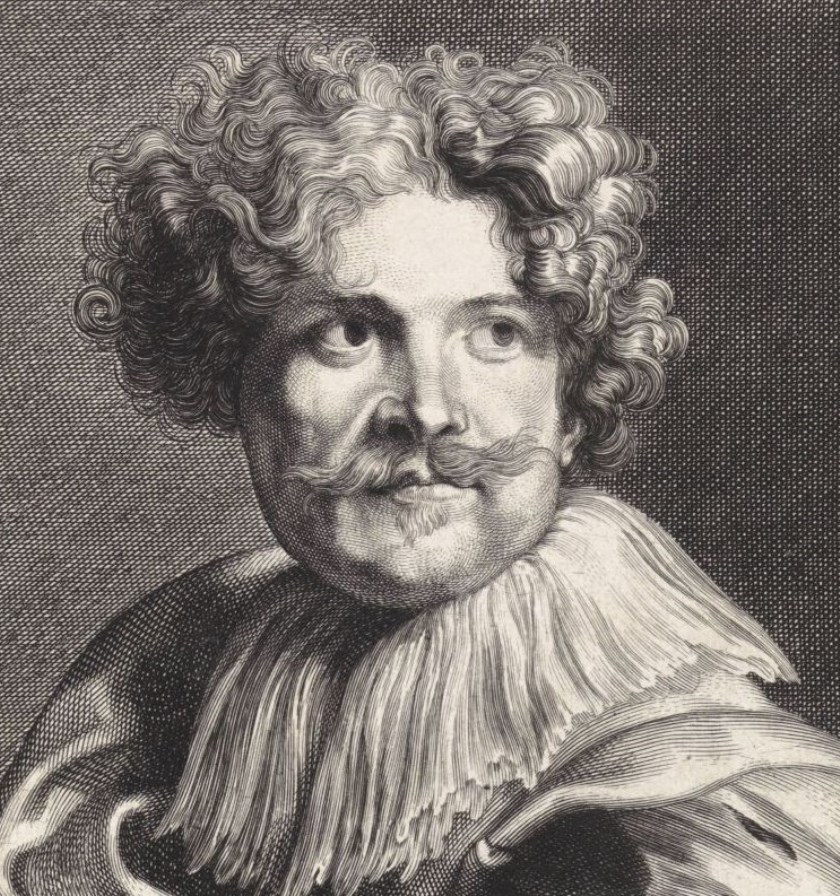
Simon de Vos was a Flemish painter, graphic artist and art collector, a member of the Guild of St. Luke in Antwerp.
Simon de Vos specialized early in his career in cabinet and genre painting in the style of the Utrecht Caravagistes. His depictions of merry company and scenes from fables are well known. From about 1640 he increasingly painted large-scale religious, allegorical and historical scenes in the style of Peter Paul Rubens and Antoni van Dyck. Among his pupils was Jan van Kessel the Elder (1626-1679).
Simon de Vos was financially successful: by the end of his life he owned four estates in Antwerp and a collection of 290 paintings.
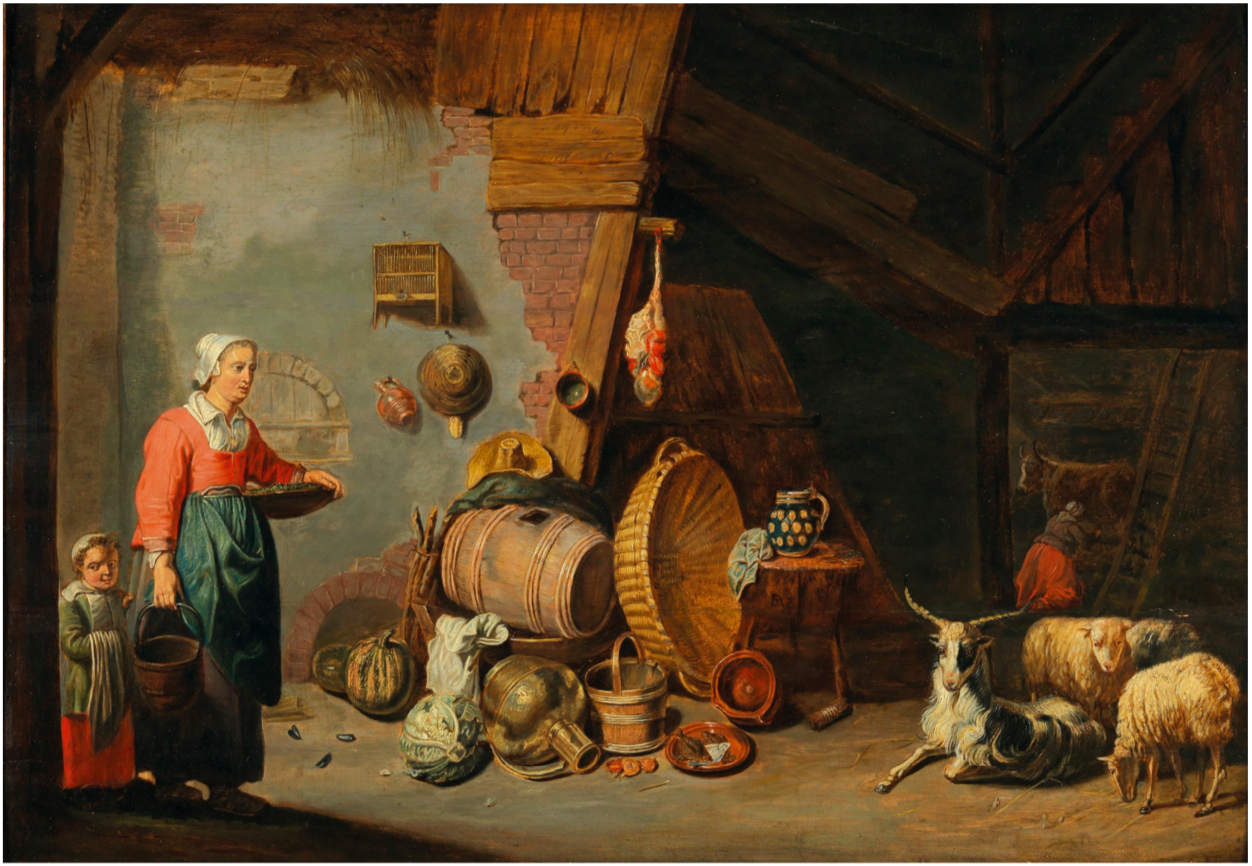
Abraham Willemsens was a Flemish painter of history and genre paintings. His genre scenes were reminiscent of the style of the Le Nain brothers. He also produced copies after the works of Rubens.
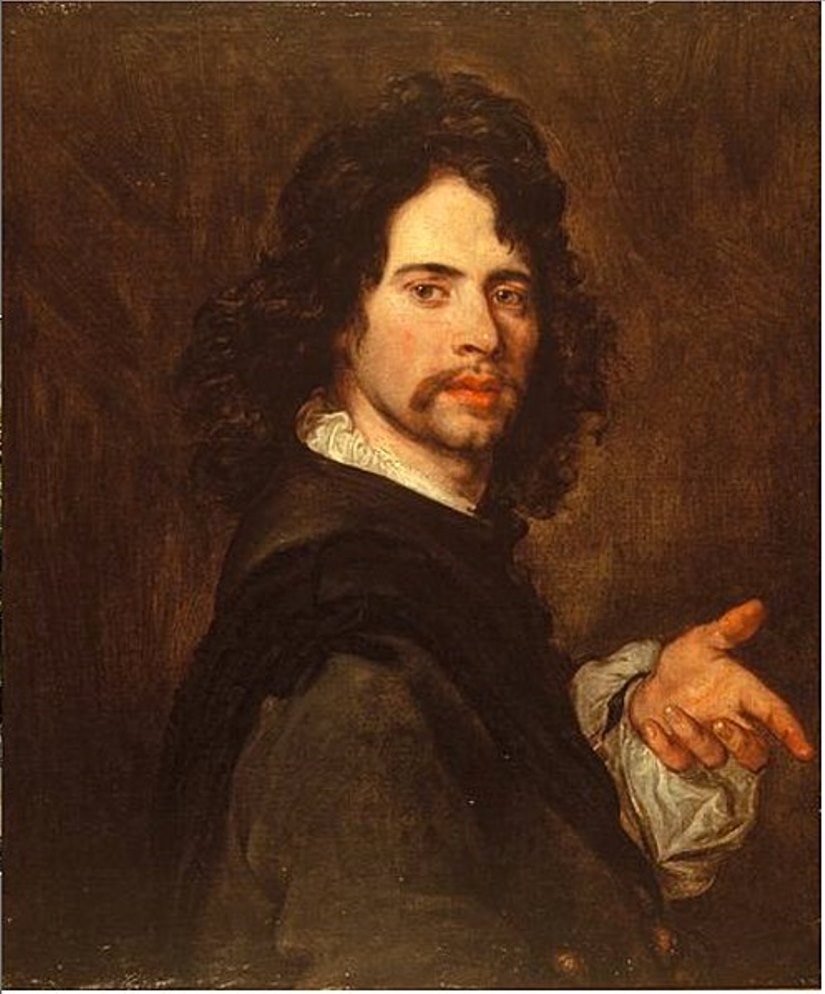
Jan van den Hoecke (Dutch: Jan van den Hoecke, Johannes van den Hoecke) was a Flemish Baroque painter, a pupil of Rubens.
The young artist was trained in the studio of Rubens, where he was one of the main assistants of the famous painter. Then lived and worked in Italy, in Vienna at the court of the Holy Roman Emperor Ferdinand III Habsburg. After returning to Antwerp, Hoecke was court painter to Archduke Leopold Wilhelm of Austria. Here he completed his most important and complex commission, the design of a series of 12 wall tapestries for Leopold Wilhelm around 1650, and also made several portraits of his suzerain.
Jan van den Hoecke was the author of a number of monumental paintings influenced by Rubens and A. van Dyck, such as The Triumph of David (1635). He painted pictures on biblical, mythological and allegorical subjects, altarpieces for the churches of Flanders.
His brother was the battle painter Robert van den Hoecke (1622-1668).

Victor Wolfvoet the Younger was a Flemish painter and art dealer, a member of the Guild of St. Luke.
It is believed that as a young man he worked in the studio of Peter Paul Rubens, where he assisted in the creation of works and painted several compositions based on the works of the great Antwerp master. In addition to painting his own pictures of historical and allegorical themes, Wolfvoet made copies of paintings by prominent painters of his time, including van Dyck and Rubens.
In addition, Wolfvoet the Younger, like his father, was active in the art trade. The inventory of his estate, compiled after his death, lists more than seven hundred works, including twenty oil sketches by Rubens.
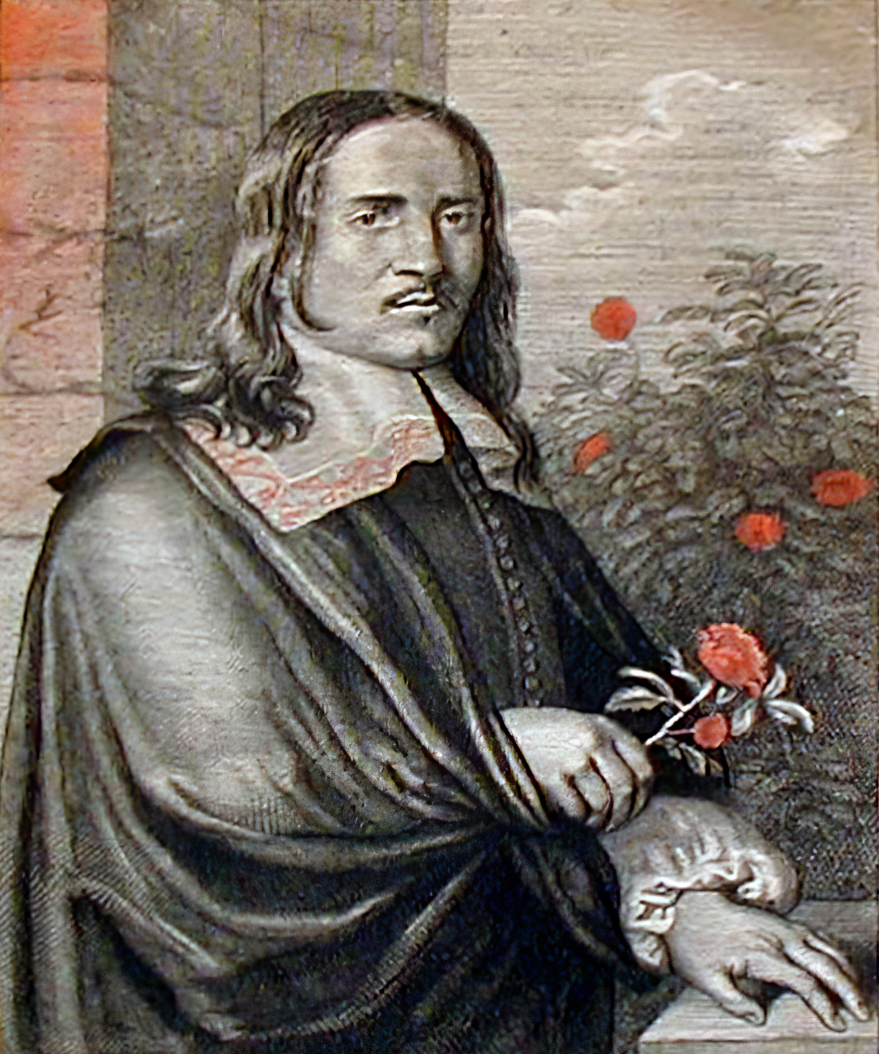
Jan van Kessel the Elder or Jan van Kessel I was a Flemish painter active in Antwerp in the mid 17th century. A versatile artist he practised in many genres including studies of insects, floral still lifes, marines, river landscapes, paradise landscapes, allegorical compositions, scenes with animals and genre scenes. A scion of the Brueghel family many of his subjects took inspiration of the work of his grandfather Jan Brueghel the Elder as well as from the earlier generation of Flemish painters such as Daniel Seghers, Joris Hoefnagel and Frans Snyders. Van Kessel’s works were highly prized by his contemporaries and were collected by skilled artisans, wealthy merchants, nobles and foreign luminaries throughout Europe.

Victor Wolfvoet the Younger was a Flemish painter and art dealer, a member of the Guild of St. Luke.
It is believed that as a young man he worked in the studio of Peter Paul Rubens, where he assisted in the creation of works and painted several compositions based on the works of the great Antwerp master. In addition to painting his own pictures of historical and allegorical themes, Wolfvoet made copies of paintings by prominent painters of his time, including van Dyck and Rubens.
In addition, Wolfvoet the Younger, like his father, was active in the art trade. The inventory of his estate, compiled after his death, lists more than seven hundred works, including twenty oil sketches by Rubens.
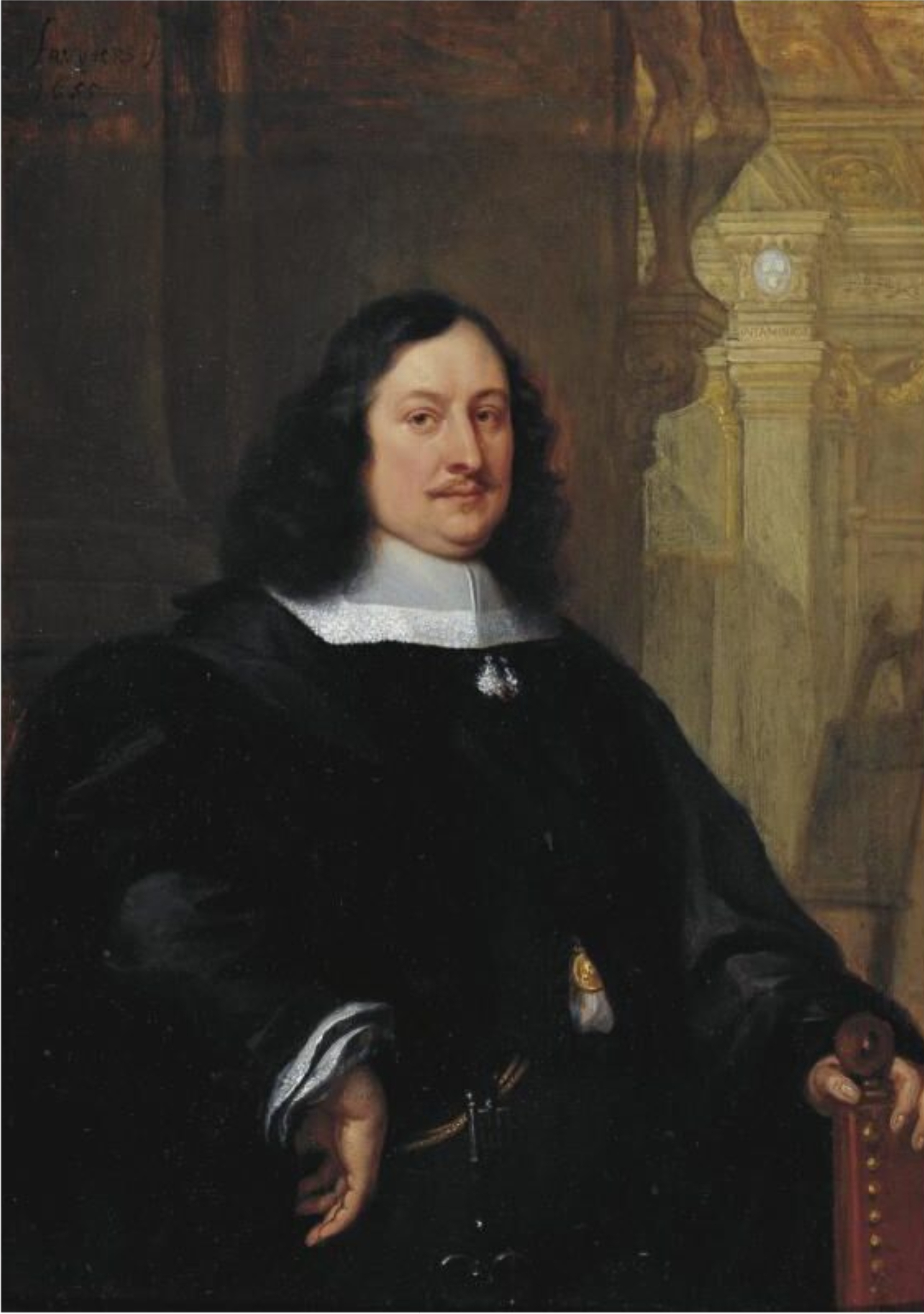
David Teniers the Younger was a Flemish Baroque painter, printmaker, draughtsman, miniaturist painter, staffage painter, copyist and art curator. He was an extremely versatile artist known for his prolific output. He was an innovator in a wide range of genres such as history painting, genre painting, landscape painting, portrait and still life. He is now best remembered as the leading Flemish genre painter of his day. Teniers is particularly known for developing the peasant genre, the tavern scene, pictures of collections and scenes with alchemists and physicians.
He was court painter and the curator of the collection of Archduke Leopold Wilhelm, the art-loving Governor General of the Habsburg Netherlands. He created a printed catalogue of the collections of the Archduke. He was the founder of the Antwerp Academy, where young artists were trained to draw and sculpt in the hope of reviving Flemish art after its decline following the death of the leading Flemish artists Rubens and Anthony van Dyck in the early 1640s. He influenced the next generation of Northern genre painters as well as French Rococo painters such as Antoine Watteau.
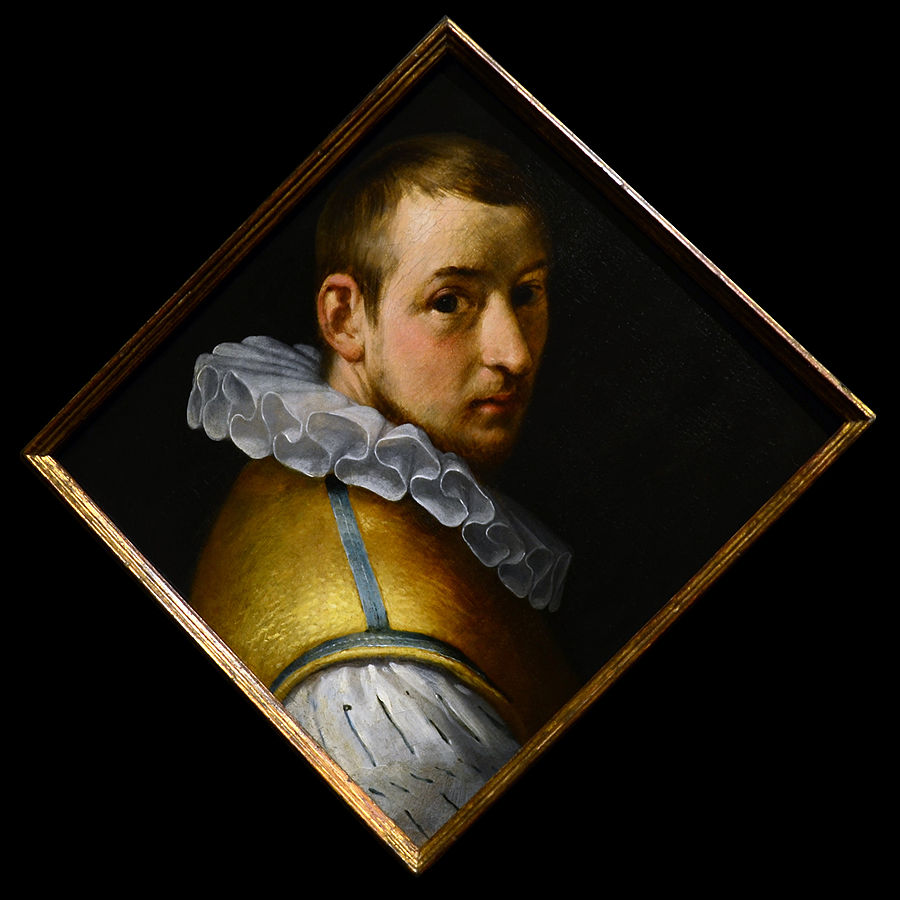
Cornelis Cornelisz. van Haarlem was a Dutch painter, draftsman, and architect. Along with Karel van Mander and Hendrik Goltzius, he is one of the leading artists of the Dutch Mannerism of the Haarlem School, more commonly referred to as Cornelis van Haarlem.
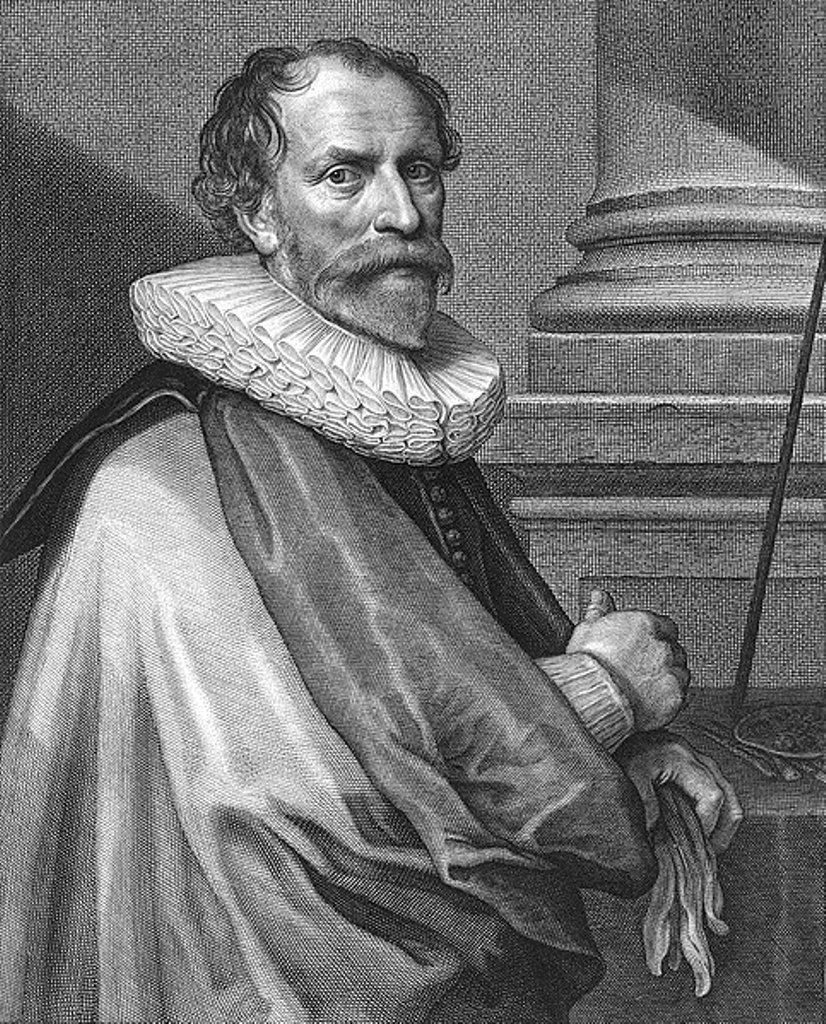
Michiel Jansz. van Mierevelt was a Dutch portrait painter of the Golden Age.
Michiel Jansz. van Mierevelt studied painting in Utrecht and soon became a recognized master of portraiture. He also painted on historical and mythological subjects.
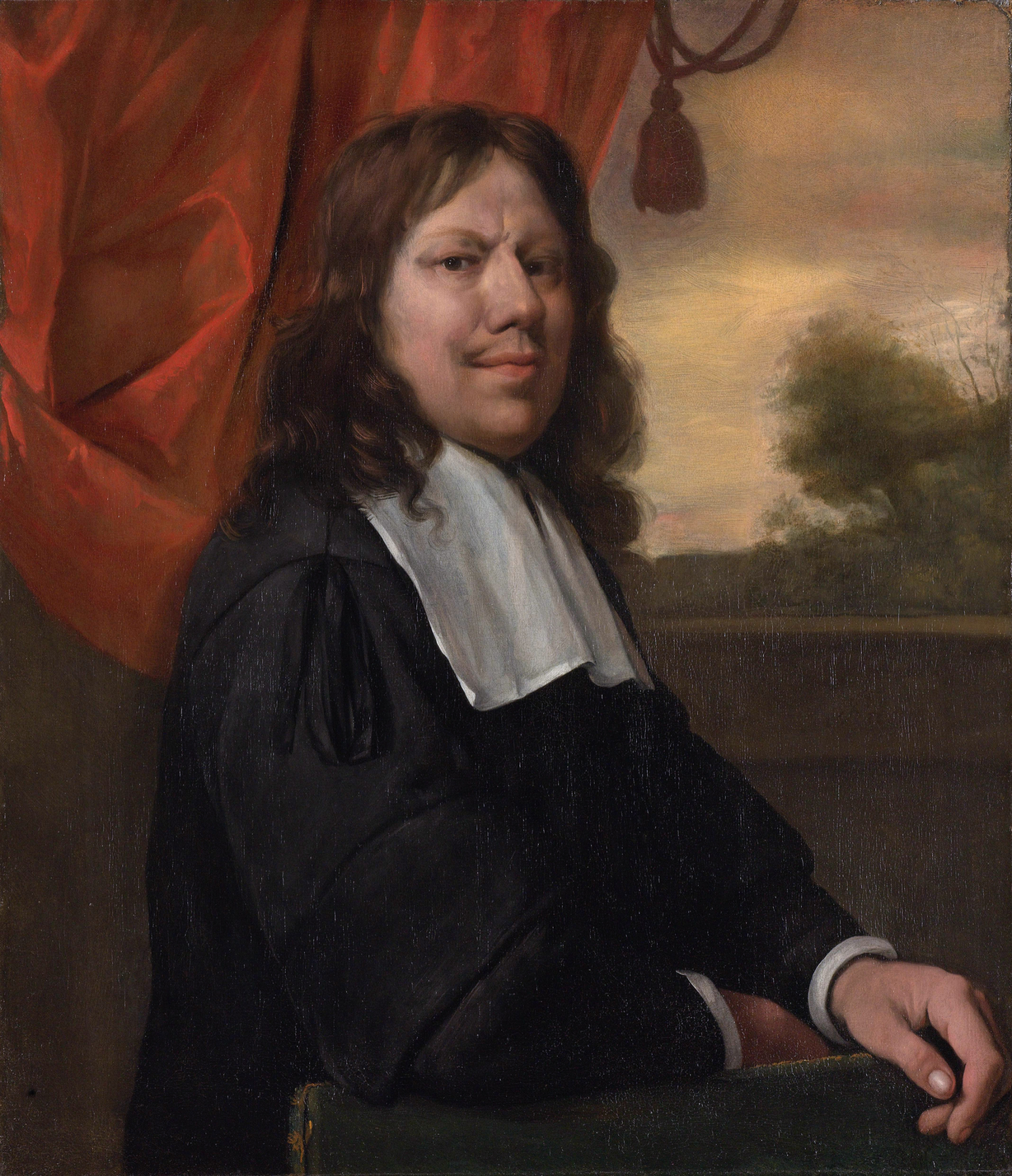
Jan Havickszoon Steen was a Dutch painter of the Golden Age, a member of the Harlem and Leiden Guilds of St. Luke. Steen is one of the most important Dutch genre painters of his time. Most of his several hundred paintings focus on human morality with the aim of teaching the viewer a moral lesson. They often refer to proverbs or old Dutch literary texts. In addition to genre paintings, Sten explored a variety of subjects: he painted historical, mythological and religious scenes, still lifes and landscapes.
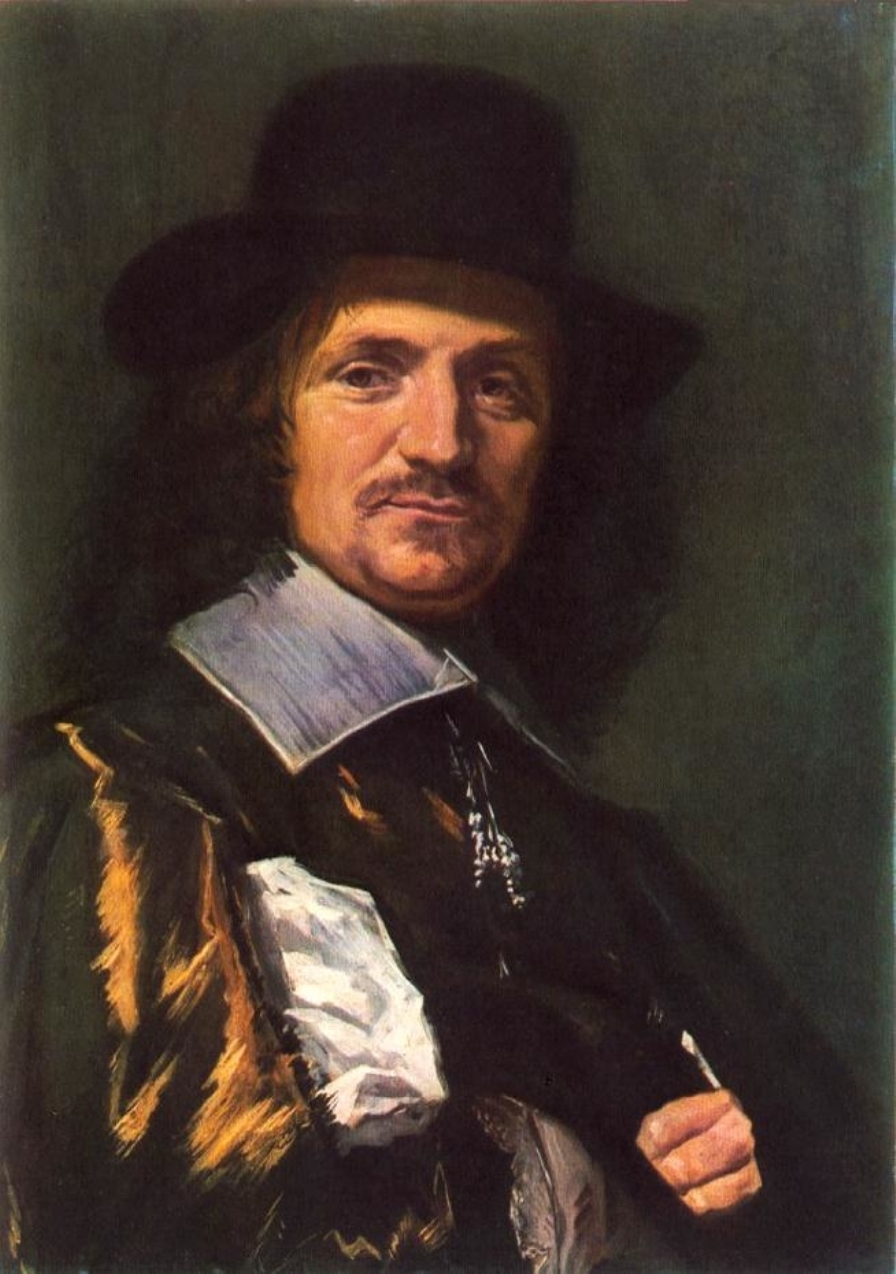
Jan Asselijn, known by his nickname Little Crab (Crabbetje, Krabbetje), was a French and Dutch painter of the Golden Age of Dutch painting.
As a child, Asselijn moved with his family from France to Amsterdam, studied and lived in Italy, where he became a member of the artists' society "Migratory Birds". And he received the nickname Crabbetje because of his physical features - small stature and a damaged arm.
Asselijn painted mainly scenes of horses, cavalry attacks and battles. His works also include genre works, landscapes and animals. Asselijn's most famous painting in this genre is The Frightened Swan, although it is also attributed allegorical meaning.
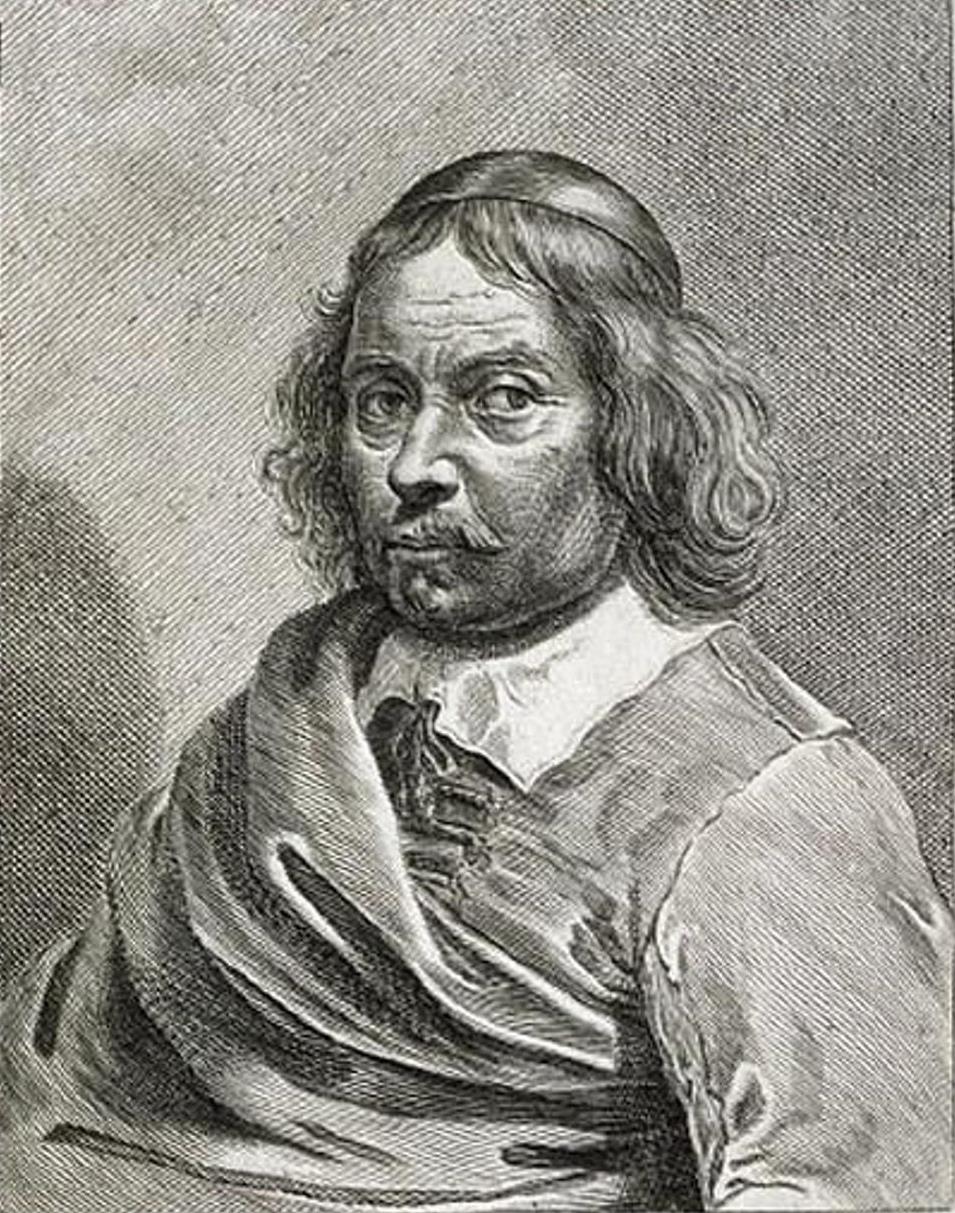
Jan Hermansz. van Bijlert, or Jan van Bijlert, or Giovanni Bilardo, is a Dutch painter of the Dutch Golden Age, considered one of the Caravaggio school in Utrecht. He spent about four years in Italy and was one of the founders of the Bentvueghels circle of northern artists in Rome, where he was nicknamed Aeneas. Van Beilert was one of the most famous artists of the city of Utrecht. He mainly painted religious and mythological scenes, genre scenes of public places and musical parties, but he was also a portraitist.


